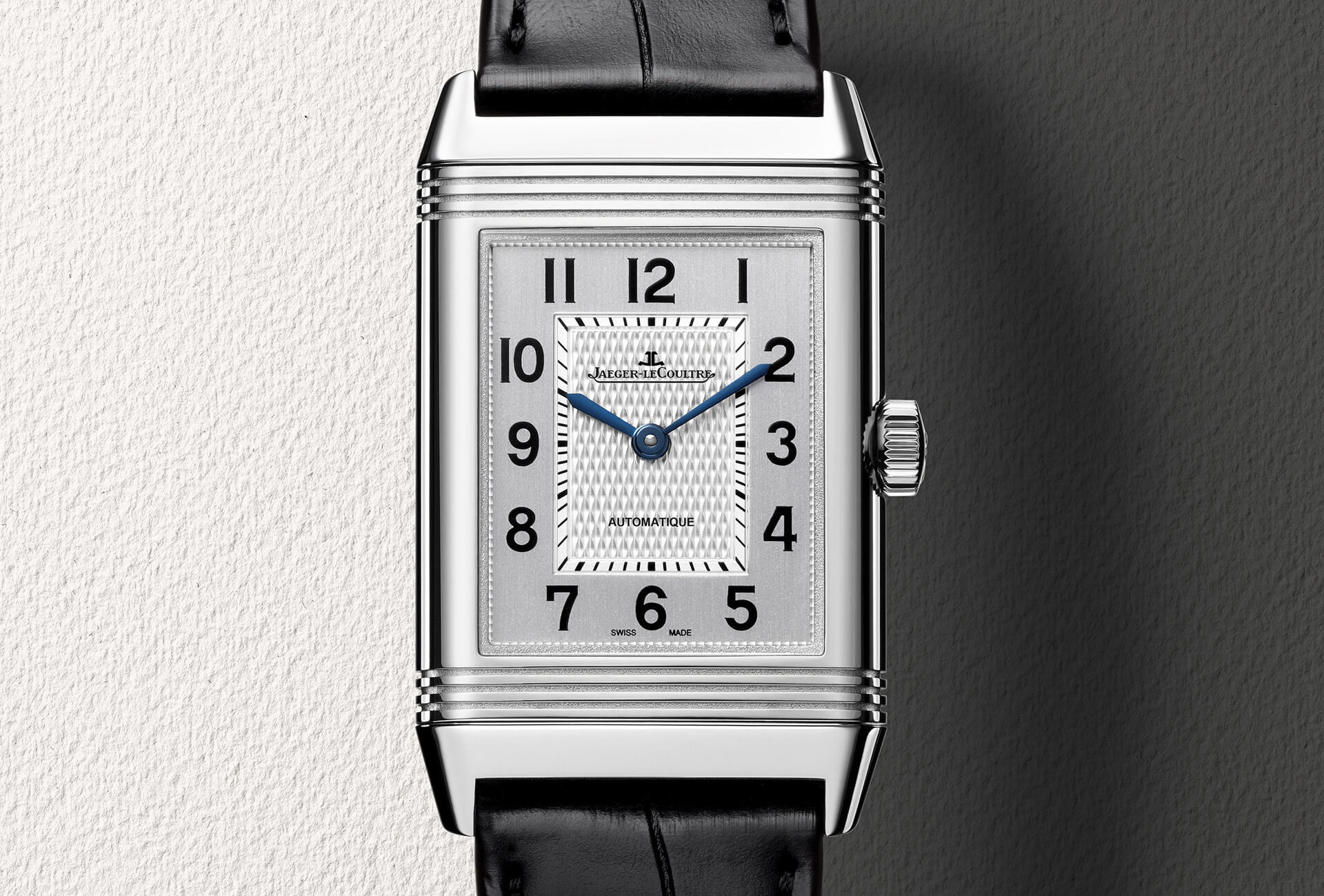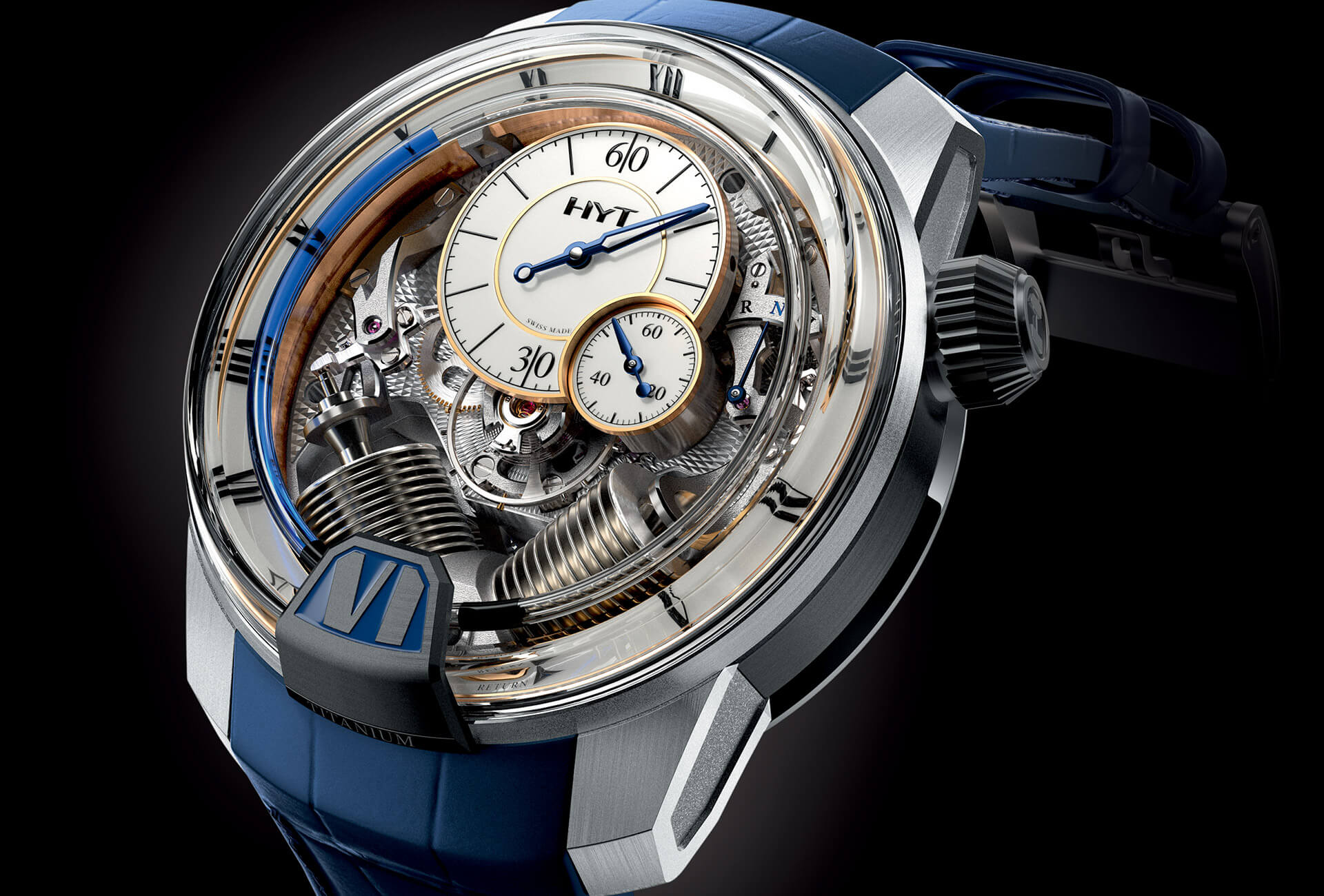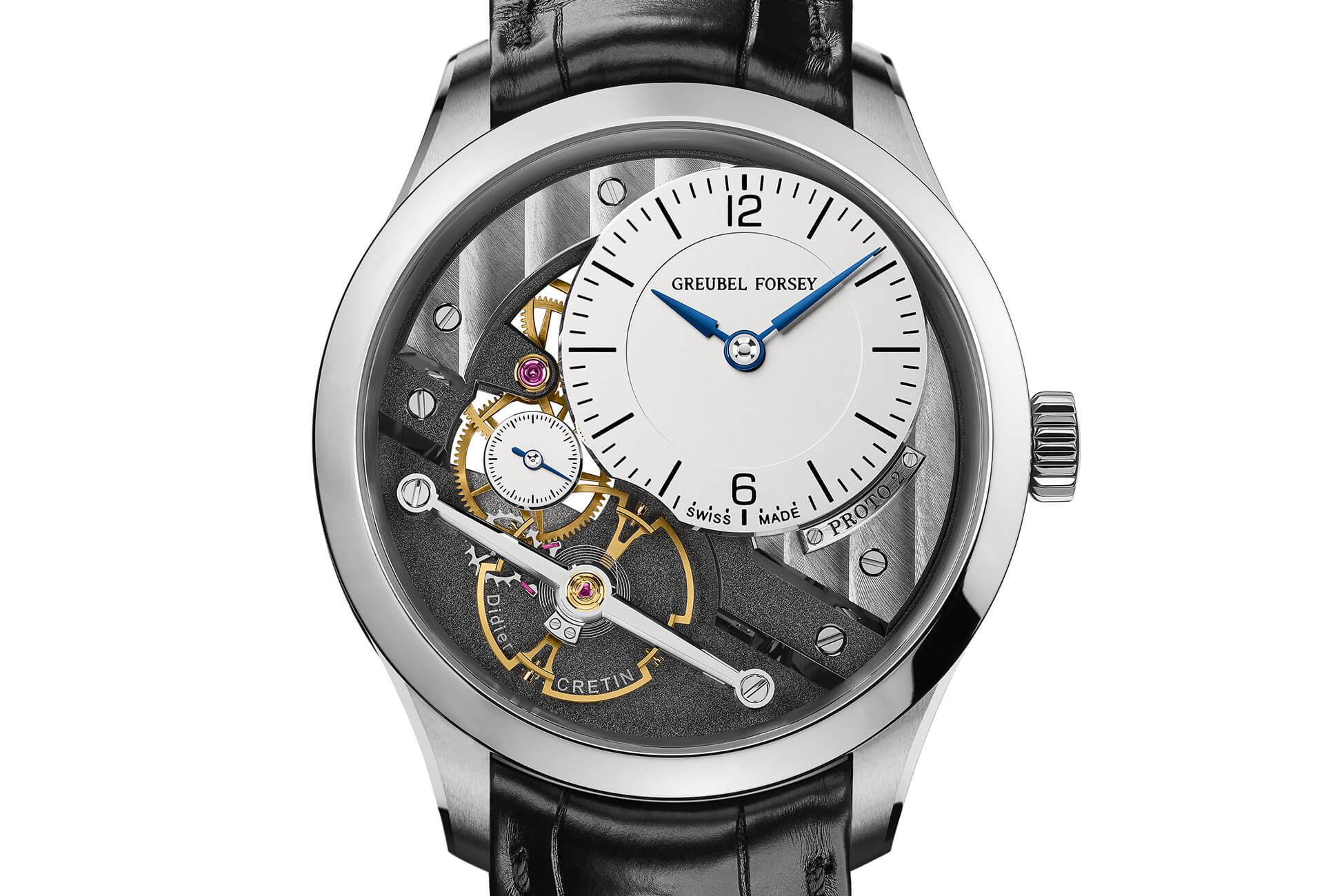Last year, the abrupt uncapping of the Swiss franc dropped a bombshell on the eve of the Salon International de la Haute Horlogerie (SIHH). This year, export figures were the cause of furrowed brows. According to statistics supplied by Switzerland’s customs authorities and relayed by the Federation of the Swiss Watch Industry (FH), shipments of Swiss watches dropped by 3.3% last year to CHF 21.5 billion, virtually the same level as in 2012. These figures reveal a gradually gloomier picture over the course of 2015, when a slight upturn during the first quarter (+0.5%) made for an even sharper decline in the last six months (-6.8%).
Overall, the historic brands have looked to build on their strengths.
In this context, trends observed during the SIHH become all the more eloquent. Overall, the historic brands looked to build on their strengths by focusing on ranges and styles whose previous success will likely be repeated. Hence Jaeger-LeCoultre has completely reviewed its legendary Reverso for this icon’s 85th anniversary, while Roger Dubuis rolled out the red carpet for its Velvet range, which has already conquered many a female heart. In a word, the exhibiting Maisons aren’t spreading themselves thin. The days when journalists were assailed by the dozens of new launches lining the aisles are well and truly over. Genuine novelties are much scarcer; complicated movements prefer useful functions to technical high-jinks; inspiration is more personal, more inward-looking, poetic even.
Luxury of one's own
Turn-of-the-millennium luxury was loud and ostentatious. Today’s buyers choose luxury for their own pleasure and enjoyment, hence brands are guiding them more towards classicism, even downright discretion. Anyone in the market for extravaganza had to head for the Carré des Horlogers, and the likes of the Vortex Primary that Eric Cantona has designed for Hautlence, the H2 Tradition from HYT, Urwerk’s UR105-Trex, or Sherman the robot by MB&F. As independent creators, many of whom express themselves through off-the-wall mechanics, their entire raison d’être is to propose a “different” kind of watchmaking. As true as that may be, other exhibitors inside the “Carré” – brands such as Laurent Ferrier, H. Moser & Cie and Kari Voutilainen, even De Bethune and Christophe Claret – choose to explore a more traditional vein but with their own twist. On a general note, classic watches have the wind in their sails, or rather sales, which explains unprecedented demand for vintage timepieces, another major trend right now.
Steel makes its big comeback.
Audemars Piguet took everyone by surprise in this department. Whereas elsewhere steel was making its big comeback as part of the drive to position products at more affordable price points, it unveiled an entire line of Royal Oak, including a Perpetual Calendar, in yellow gold, with a reminder that gold is the metal that forged the great classics of watchmaking history. Those who remember how the original Royal Oak was launched in 1972 as the first luxury watch in steel will appreciate this twist in the tale. Equally appreciable are the métiers d’art, now perfectly integrated into the fine watch environment. Piaget presented a diamond-set version of its Altiplano 900D; enamel granulation made its debut on a Ballon Bleu by Cartier; Roger Dubuis presented flowers sculpted in grand feu enamel while Van Cleef & Arpels, a longstanding proponent of these decorative techniques, showed the Lady Arpels Jour Nuit Fée Ondine which uses plique-à-jour enamel to produce a remarkable play on transparency. As essential as they now are, it seems the métiers d’art have nonetheless fallen into line, all part of this new balance.
Brands are seeking to lighten the mood.
A similar principle dictates the shrinking size of this year’s new watches, particularly at Baume & Mercier whose Petite Promesse measures 22 mm, at IWC which ventured a 36-mm Automatic Pilot’s Watch, or at Vacheron Constantin whose 37-mm Overseas makes a play for women’s wrists. Clearly, brands are seeking to lighten the mood, including with extra-thin models at two manufactures, Piaget and Vacheron Constantin, that are both past masters in this art, but also and much more surprisingly at Richard Mille (RM67-01 Extra Flat, 7.75 mm high) and Panerai (Radiomir 1940 3 Days Automatic Acciaio, 10.93 mm high). This very bearable lightness of being was also evidenced in skeleton movements, such as the ones inside the Jules Audemars Tourbillon Openworked, the Clé Skeleton Automatic by Cartier, the RM 50-02 ACJ from Richard Mille or the Lo Scienziato Luminor 1950 Tourbillon GMT Titanio at Panerai. Still on a lighter note, Montblanc chose the theme of travel to celebrate its 110th anniversary with the 4810 range, dedicated to the glory days of transatlantic liners at the beginning of the twentieth century. More invitations to travel came from Vacheron Constantin which gave wings to its Overseas, not forgetting IWC which has made 2016 the year of the pilot’s watch.
Needless to say, extreme complications have taken a backseat as watchmakers favour useful functions, led by chronographs and second time zones, along with poetic renditions of the moon phase, spiced up with tourbillon escapements such as Jaeger-LeCoultre’s Gyrotourbillon and Montblanc’s ExoTourbillon. The most notable exceptions to the rule were Cartier’s Astromystérieux, the Royal Oak Concept Supersonnerie from Audemars Piguet, the Datograph Perpetual Tourbillon at A. Lange & Söhne, and the mother of them all, Reference 57260, unveiled late last year by Vacheron Constantin and the most complicated mechanical watch ever made to date.




































